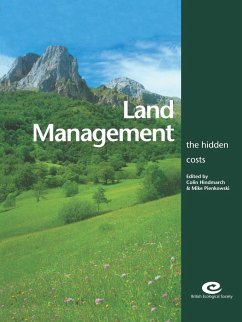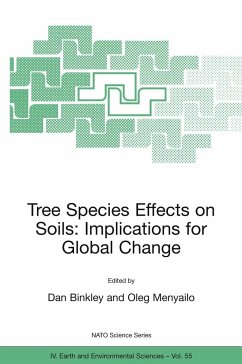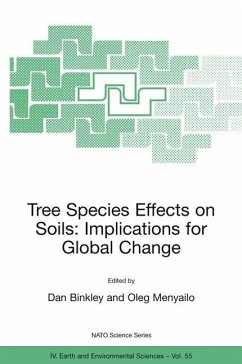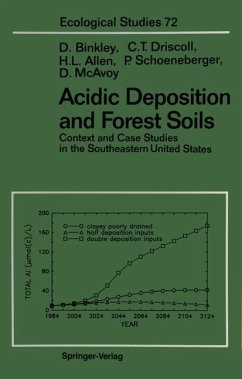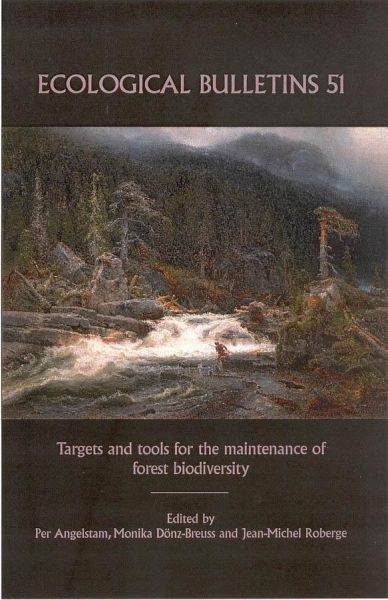
Ecological Bulletins, Targets and Tools for the Maintenance of Forest Biodiversity

PAYBACK Punkte
50 °P sammeln!
With its 38 papers, this volume presents emerging knowledge contributing to the development and use of scientifically founded targets for the maintenance of forest biodiversity. The focus is on boreal and mountain ecoregions, emphasizing the role of understanding effects of the human footprint on forest responses of animal species to the amount of habitat suggest that there are limits to how large this footprint can be. A suite of methods for monitoring an assessment of biodiversity elements at multiple scales are proposed. Thus, this book is of great interest of all actors involved in sustain...
With its 38 papers, this volume presents emerging knowledge contributing to the development and use of scientifically founded targets for the maintenance of forest biodiversity. The focus is on boreal and mountain ecoregions, emphasizing the role of understanding effects of the human footprint on forest responses of animal species to the amount of habitat suggest that there are limits to how large this footprint can be. A suite of methods for monitoring an assessment of biodiversity elements at multiple scales are proposed. Thus, this book is of great interest of all actors involved in sustainable forest and landscape management. ECOLOGICAL BULLENTINS are published in cooperation with the ecological journals Ecography and Oikos. Ecological Bulletins consists on monographs, reports and symposia proceeding on topics of international interest, often with an applied aspect, published on a non-profit making basis. Orders of volumes should be placed with the publisher or at www.oikos.ekol.lu.se. Discounts are available for standing orders.






